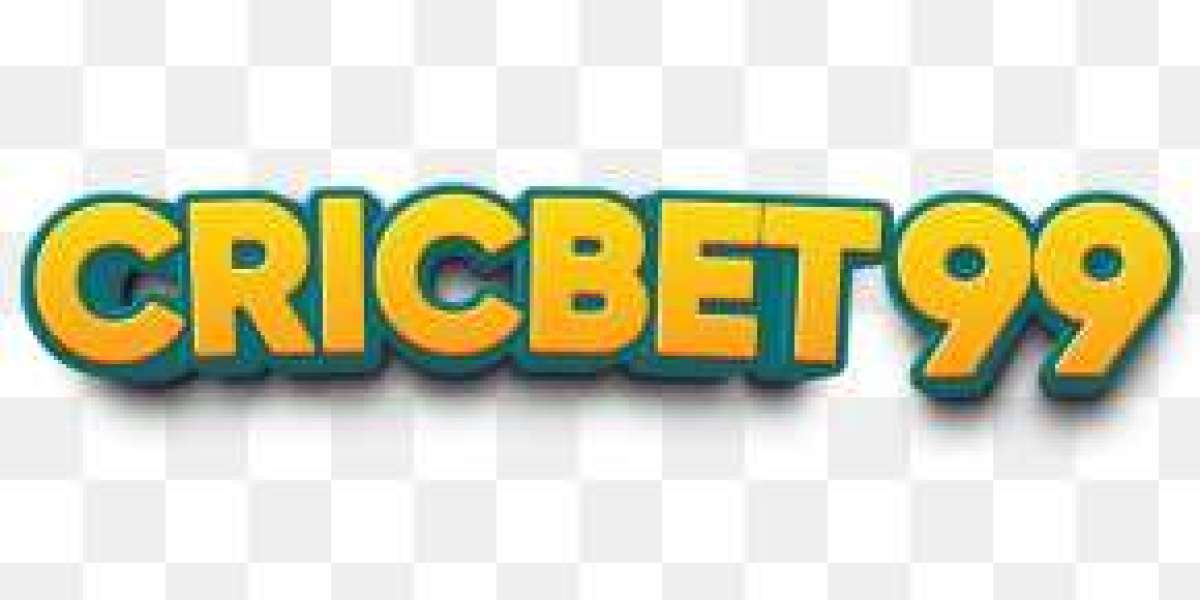Introduction
The hard seltzer market has become increasingly competitive, with major beverage companies and independent brands vying for market share. Leading players leverage innovative flavors, strategic marketing, and diverse distribution channels to differentiate themselves. This article examines the competitive landscape, analyzing the top brands, their market strategies, and key differentiators.
Leading Brands in the Hard Seltzer Market
Several brands dominate the hard seltzer sector, each employing unique strategies to attract consumers:
White Claw – A pioneer in the industry, White Claw remains the market leader with strong brand recognition, diverse flavor options, and an emphasis on low-calorie, gluten-free formulations.
Truly Hard Seltzer – Known for its extensive flavor portfolio, Truly has gained popularity by targeting health-conscious consumers with low-sugar, low-carb offerings.
Bud Light Seltzer – Backed by Anheuser-Busch’s distribution network, Bud Light Seltzer leverages strong branding and nationwide availability to compete with established brands.
Topo Chico Hard Seltzer – A Coca-Cola-backed brand, Topo Chico has carved a niche with its mineral water heritage and unique flavor blends.
Corona Hard Seltzer – A brand extension from Constellation Brands, Corona Hard Seltzer focuses on tropical flavors and brand loyalty from its beer segment.
Key Competitive Strategies
Top brands differentiate themselves through the following strategies:
Flavor Innovation – Introducing new and exotic flavors to attract consumers and stay ahead of competitors.
Brand Positioning – Leveraging brand heritage, lifestyle marketing, and health-conscious messaging.
Distribution Strength – Expanding availability in retail, on-premise locations, and direct-to-consumer platforms.
Marketing and Sponsorships – Engaging in influencer collaborations, sports sponsorships, and digital marketing campaigns.
Market Challenges and Opportunities
The competitive landscape presents both challenges and opportunities for hard seltzer brands:
Increasing Market Saturation – As more brands enter the market, differentiation becomes crucial.
Consumer Preference Shifts – Growing demand for low-ABV, organic, and functional beverage options.
Regulatory Considerations – Compliance with evolving alcohol policies and labeling requirements.
International Expansion – Opportunities to grow in emerging markets where hard seltzer adoption is still in its early stages.
Conclusion
The hard seltzer market continues to evolve, with top brands competing through innovation, marketing, and distribution strategies. As consumer preferences shift, brands that adapt and invest in differentiation will maintain a competitive edge. Moving forward, continued innovation and strategic positioning will be key to sustaining growth in this dynamic industry.








